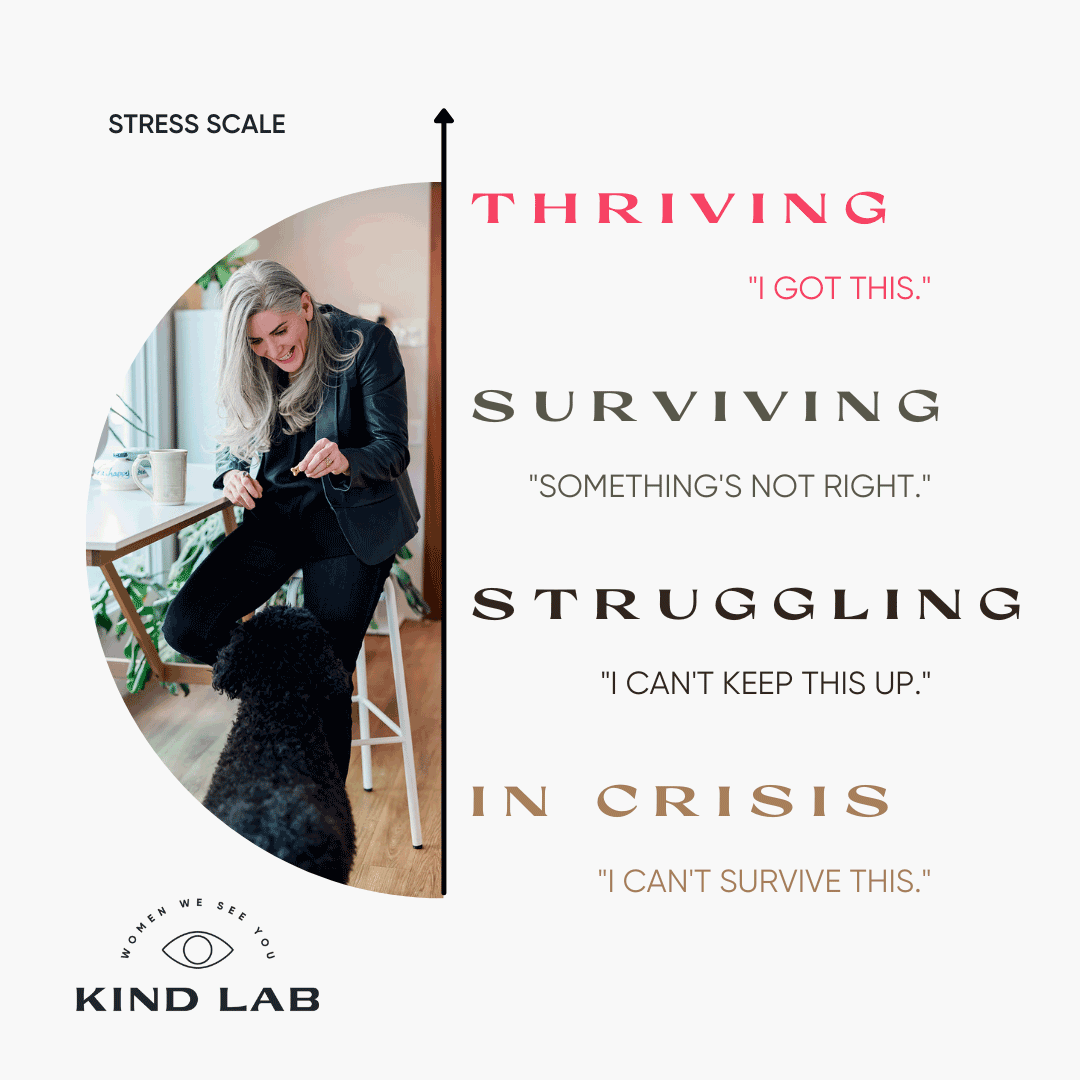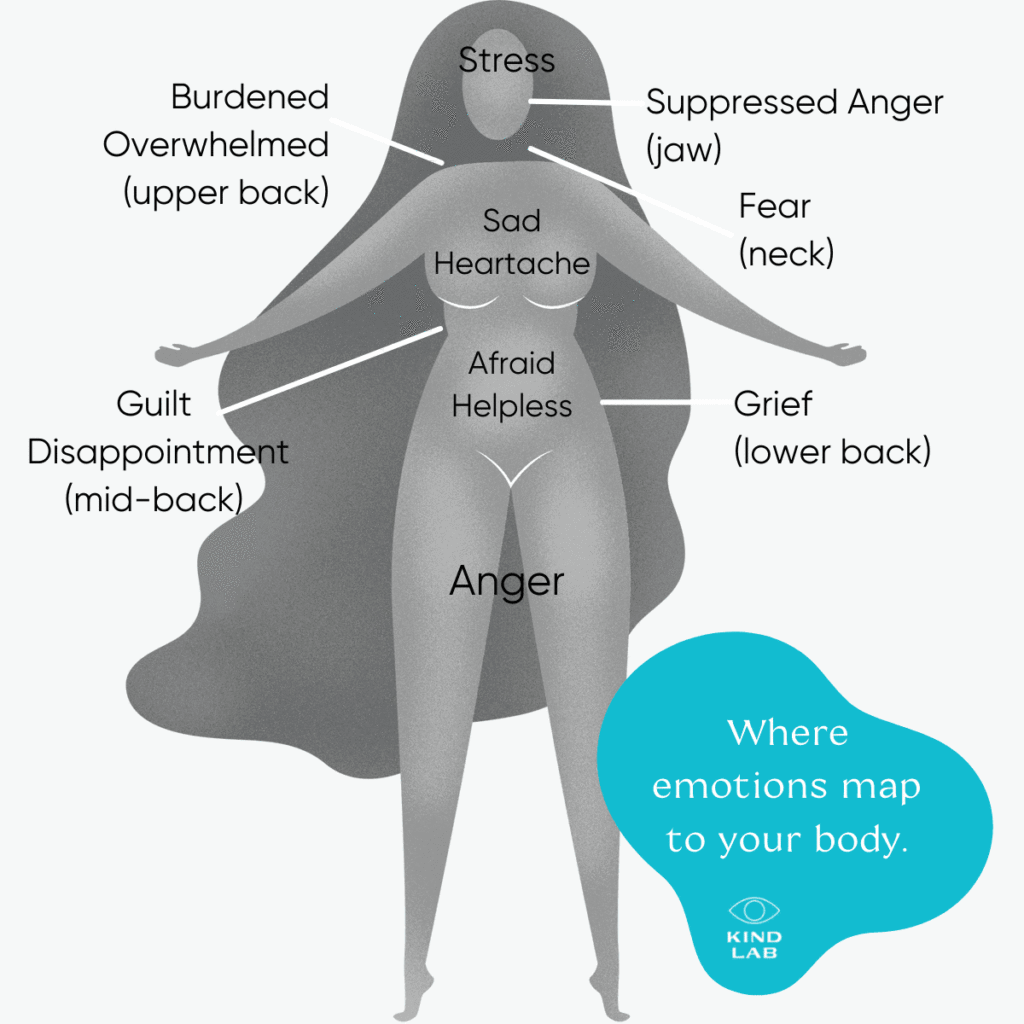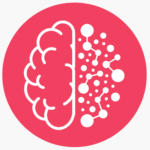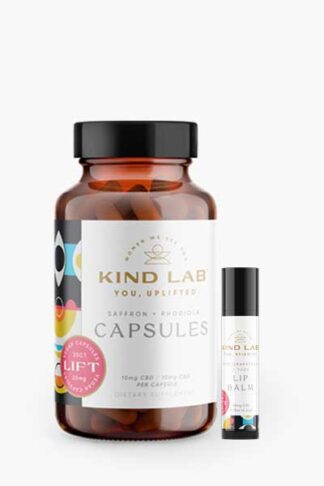
At Kind Lab, we talk a lot about thriving.
Our goal is to help you not just survive by slogging through your day-to-day life, but to truly embrace and enjoy the journey.
But sometimes, that seems easier said than done, especially when we’re heading into year 3 of a pandemic.
You may have lost sight of your happiness and what it means to thrive. If that sounds familiar, read on…

WHAT DOES IT MEAN TO “THRIVE”?
THRIVE
/thrīv/ (v) To grow vigorously; flourish
SURVIVE
/sər-ˈvīv/ (v) To remain alive or in existence
Thriving is the perpetual journey of growth we take as individuals: to extend and grow, often by reaching out of our own comfort zones.

But in the midst of a pandemic, it’s easy to revert into survival mode (or worse) and instinctively stick with what feels safe. The onslaught of stress causes a fear reaction in our physiology that’s hard to overcome, but not as hard as living in the status quo.
In order to break free from the existential treadmill, we need motivation. And that can be hard when we’re feeling deeply unhappy and hopeless. That’s why thriving and happiness are so interconnected, and how being and staying happy can set you on the right path to thrive.
HOW CAN I TELL IF I’M NOT HAPPY?
Unhappiness has a way of sneaking into your mood, behavior, and body often in ways we may not have realized.

MOOD
Sadness
Anxiety
Restlessness
Lack of Motivation or Focus
Feeling Overwhelmed
Irritability or Anger

BEHAVIOR
Overeating or Undereating
Angry Outbursts
Drug or Alcohol Misuse
Tobacco Use
Social Withdrawal
Exercising Less Often

BODY
Headache
Muscle Tension
Back Pain
Fatigue
Stomach Upset
Sleep Problems
Wait – my body can be sad?
Yes, suppressed stress and emotions often show up as issues such as stomach upset, headaches, and back pain.
In fact, the back is where we store a lot of unconscious emotions and excess tension – things like stored anger and resentment, feeling unsupported and trying to be perfect, as well indefinable fears.
Our upper shoulders and neck tend to hold a lot of stress and tension of the now (like “carrying the weight of the world on your shoulders”), mid-back harbors guilt and disappointment, and lower back, grief.

WHERE DOES HAPPINESS COME FROM?
Happiness comes from internal and external sources. In our brains, it’s a series of chemicals that offer the feelings of happiness as well as reduce pain & anxiety, and increase connection & satisfaction.

Oxytocin is the “bonding” hormone, released when we feel connected to people.
Serotonin is your mood stabilizer that increases happiness and reduces anxiety.
Dopamine is the “feel good” neurotransmitter that drives your brain’s reward system.
Endorphins are the brain’s natural painkiller that help reduces stress & increases pleasure.
HOW DO I GET HAPPY?
If any (or all) of this sounds familiar, remember: struggling is not failing – if you’re struggling, that means you’re trying really hard.
Give yourself a lift with these tips to boost your body’s happy chemicals:
Oxytocin
∙ Pet an animal.
∙ Do a favor for someone you love.
∙ Give someone a hug.
∙ Hold hands.
Serotonin
∙ Get some sunshine.
∙ Go for a brisk walk.
∙ Practice mindfulness.
∙ Meditate.
Dopamine
∙ Listen to your favorite song.
∙ Complete a small task.
∙ Enjoy a sweet treat.
∙ Get a good night’s sleep.
Endorphins
∙ Exercise.
∙ Tell someone a joke.
∙ Eat dark chocolate.
∙ Watch or listen to comedy.
Try checking 3-4 off your to-do list every day, and see how it brightens your mood.
And if you’re looking for some more ideas to start feeling amazing, try these uplifting customer favorites that boost your mood, calm your mind, and energize your body, naturally.
-
 Happy BundleOriginal price was: $53.00.$40.00Current price is: $40.00.
Happy BundleOriginal price was: $53.00.$40.00Current price is: $40.00. -
 Easy BundleOriginal price was: $140.00.$105.00Current price is: $105.00.
Easy BundleOriginal price was: $140.00.$105.00Current price is: $105.00. -
 Night & Day BundleOriginal price was: $165.00.$110.00Current price is: $110.00.
Night & Day BundleOriginal price was: $165.00.$110.00Current price is: $110.00.
Looking to connect with people who understand you?
Sign up for our newsletter and find us on social media for more information and inspiration to prioritize your own health & happiness.